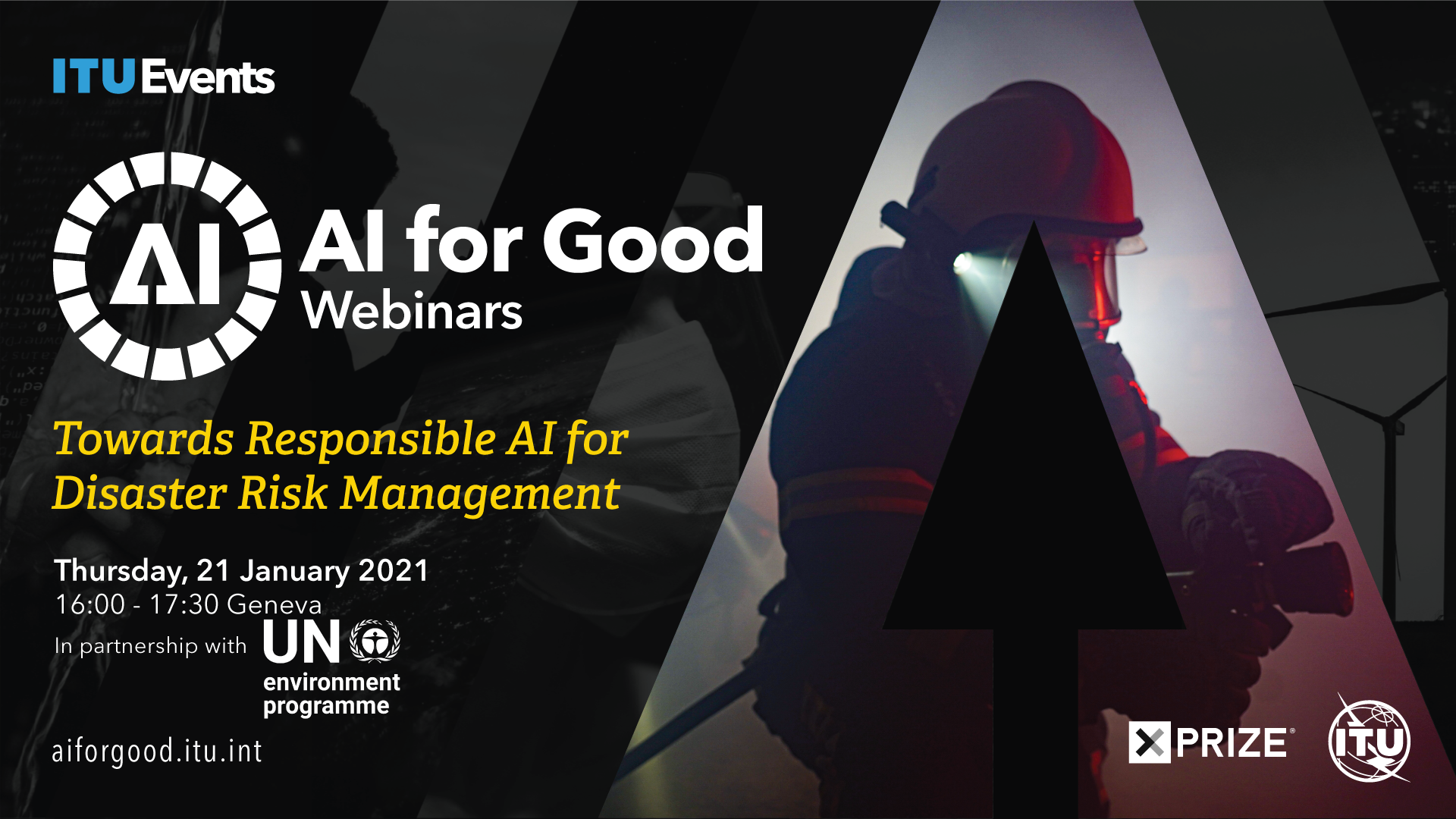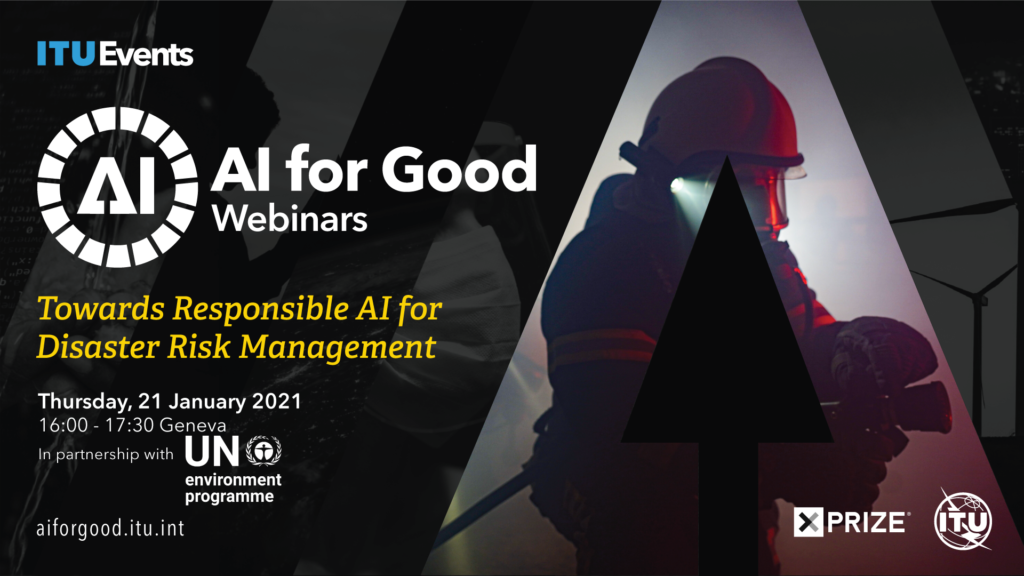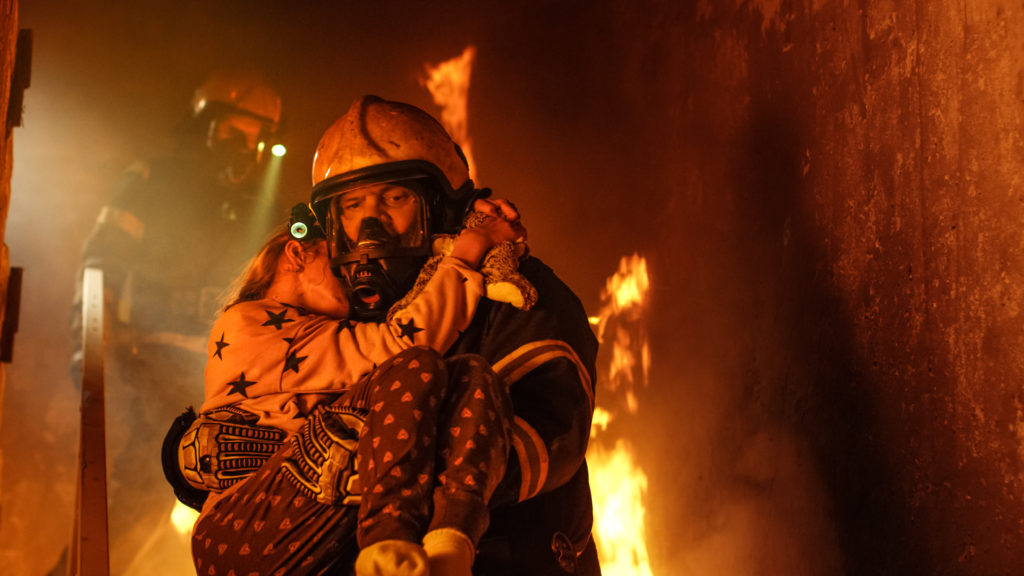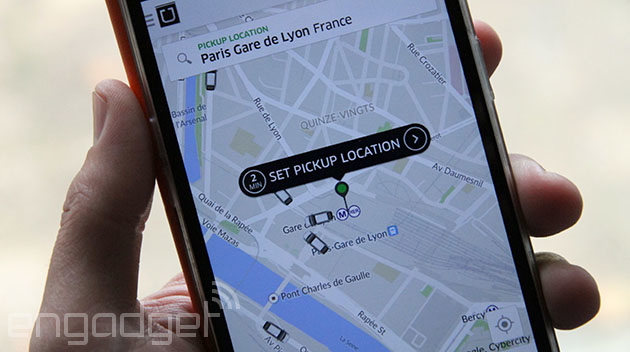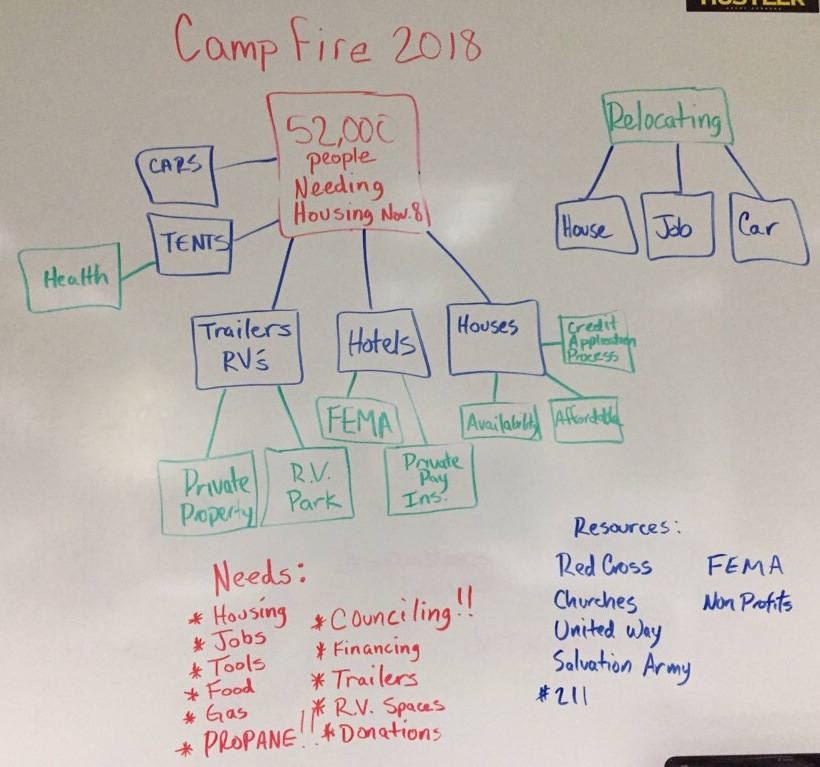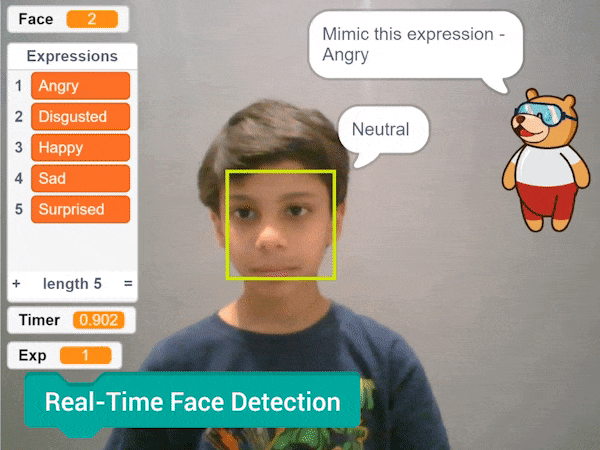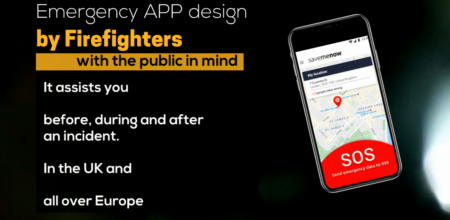Public Safety Tech & Victims Alliance
Intro Proposal for Updating Rescue and Safety Systems Tech to Save Lives
Dear Reader,
The events of this year have left the world struggling especially in regards to Covid-19 and all of its effects. While governments of individuals are working to deal with our issues many are rightfully wondering what can be done better. Without a doubt, today we have better and sundried tech than ever before and most of the world is connected to some degree especially in developed countries.
Yet, we live in a time where calling 911 often leads to first responders struggling to find where one is if at all, yet pizza delivery and rideshares can pin your location exactly…and you can view their approach on an app. There is no silent way to alert first responders when it may not always be possible for someone to speak safely. Apps like NextDoor and allowed people to communicate locally about anything from celebrations to traffic to danger.
The Technology is there and people are connected. There is more we can do to respond to disaster, disease, crime, and emergencies. We want to form an Alliance of organizations, individuals, and victims to develop apps, technology, and systems that can help rescue people.
There have been many apps and organizations that have helped people that have done good for public safety outside of the 911 systems that are in desperate need for an update.
Some general principles of what we believe should be accomplished.
- Connect people to others and have important information readily available to the public
- Locally and nationally. Everyone has a device with them. NextDoor connects people within neighborhoods. Our phones can be connected in apps to locate each other with precise locations. Uber’s shield can send a notification (safety or health or other) to others nearby/ES. People are a main supporting resource for safety as odds are one is closer to a neighbor than a first responder at any given moment. There should be centralization, and accurate aid forwarded by location, urgency, and category. There can be a national missing person database and website.
- Tech
- All the ones we need already exist and are used for various purposes. Our phones know when we are asleep (could know health/breathing), streetlights know when a car is there to change a light. There are devices that can distinguish small differences in temperature scanning large areas to find people and vehicles through smoke that would otherwise be hidden as well as smoldering embers and trees that could catch fire again. This would improve fire watch towers, houses, cities, cars, and for rescue.
- Rescue Tech. Most rescue still involves people, but as technology improves we may see technology in rescue to reduce risk, collect data, triage, and augment first responders ability to safely get to people. Situation awareness, internet of things, machine learning, and artificial intelligence is available for the private sector or high levels, but not yet for everyone in the public safety sector to save lives.
- Emergency uses and Crime uses
- Emergency uses are simple in principle. Health, accidents, disaster. Life Alert has been proven to aid survival, why not have an app that could aid someone in a similar way. Detection of vehicle accidents could send automatic alerts to trusted people, public, and emergency services to help people who may not even be conscious to do so for themselves. Similarly, we could aid kidnapped or injured people by detecting distress.
- Crime can be silent and hard to see. Some people without many family or friends are more easily victims of crimes. There can be a form of wellness check system where people can opt in. There should be automation, geolocation, digital identity, and data collecting without victims needing to collect or send it themselves during their distress. Reporting for others should be available.
- Victims and post-resources
- As an example. If a home is burglarized in a neighborhood, resources and information should be available to the person to help prevent this in the future. Prevention could be better locks or more secure windows. If disaster or domestic abuse occurs, there should be referrals to organizations, shelters, services, and help available.
- There should be information and help available to victims of crimes to aid their recovery and more efficiently return to normal. A lot of this can be handled by their own community. However, we need connection of the victim-centered platforms to responders and services for accurate rescue.

